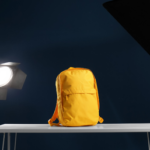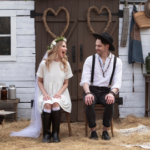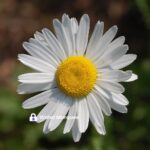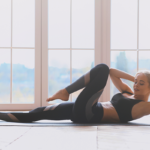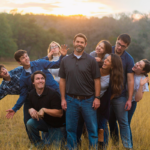You can do amazing landscape photography
Whether you love snapping travel shots on vacations or wandering around charming spots near your house, landscape photography is so much more than just pointing and shooting. As with other photography niches, a lot of practice (and a little bit of knowledge) can make your landscape photography a lot better. We can also help through this article that will give several tips for kicking your landscape photography up a notch.
1 Learn About Depth of Field and Focal Points
Landscape photography mostly covers a lot of space from near the photographer to the far distance. There could also be an array of subjects in the scene, like trees, mountains, architecture, people, etc. You first need to decide what would be the subject of your photos or your focal point. It would be best if you learned how to take the focal point of your subject or scene and ensure that the primary subject is in sharp focus.
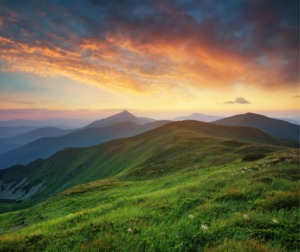
Meanwhile, the depth of field concerns how much of the main subject is in focus. For landscape photography, this would be nearly the whole thing in sight. For you to achieve this, you would have to shoot a small aperture. Nevertheless, this would cause you to slow the shutter speed lower than what could be done hand-held in a lot of circumstances.
2 Use the Histogram
Histograms are arguably an indispensable tool in landscape photography. As a photographer, you should try to learn how to understand and use the findings to enhance your photographs. A histogram refers to a simple graph that displays the various tonal distribution in the photos. The right side of the graph denotes bright tones, while the left side is for dark tones.
For example, if the majority of the histogram finding is heavier on one side, this could mean that your image is too dark or light (underexposed or overexposed). This is not necessarily a bad thing, and a lot of other images work ideally well either way. Nonetheless, if you see that the graph ranges beyond the right or left edge, it means that you have portions of the image with lost detail. You should avoid this from happening, and by seeing the histogram findings, you can now rectify it by either compensating for the exposure or recomposing the photo.
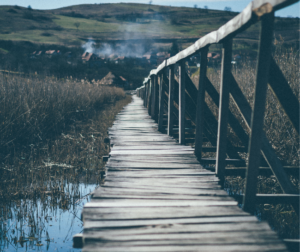
3 Use a Tripod
You’ll never see a professional photographer shoot landscape photography that they would feature in their online photography portfolio without a tripod. A tripod is much more than an expensive toy. This piece of equipment serves one primary purpose and offers another benefit that you may not be aware of. The key advantage most people know about is that the tripod significantly reduces camera shake from your hand holding the camera. A tripod is especially crucial with the small aperture required for the depth of field you want in your landscape photography shots.
Another benefit of using the tripod is it compels you to contemplate about the shot a more. It is relatively easy to just walk around, raise your camera, shoot a few scenes, and then proceed to the next one. Setting up and getting the tripod in the right spot takes some time. This would slow you down and oblige you to study and analyze what you can see in the viewfinder. It will also allow you to make the necessary adjustments in the scene before you capture it.
4 Use the Best Light
Lighting is one of the most crucial factors in any type of photography niche, but it’s even more important in landscape photography. Keep in mind that it doesn’t really matter how spectacular the location is or how well you compose your image – if the lighting does not do the scene justice, you can be sure that the image will not come out as excellent as you expected it to. The best lighting for landscape photography is late afternoon or early morning, while the midday sun offers the harshest light.
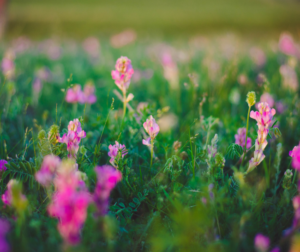
Part of the landscape photography challenge is your ability to cope and adapt to various lighting conditions; for instance, breathtaking landscape photos could be taken even on cloudy or stormy days. The important point is to use the best possible lighting and influence your images’ overall look and feel with it.
5 Think About the Composition
As you analyze the frame through the viewfinder, ponder the elements that are there and not in the frame. Are there objects in the scene you don’t like that a few inches to the right will remove? Are there objects that are not in the scene that but a little backing up a bit will include? Find where your main subject is. Refrain from placing the main subject in the centre of the scene. Putting it a bit off-centre adds more intrigue to the image.
Don’t forget about the angle, too! If you have a gorgeous sky, you could tilt your camera up a little bit to include more in the frame. However, if it is blown out or dull, maybe you could tilt the shot down slightly and lessen the visible sky. Always walk around and consider the landscape from various angles, elevations, and positions.
6 Shoot in RAW Format
If your camera can shoot photos in RAW format, we recommend that you always shoot photos in RAW format. They show more detail and give you more room to work within post-production without diminishing the image’s quality. Keep in mind that you can always save RAW files in whichever formats you or your client needs, but you wouldn’t be able to save JPEGs as RAW files.
7 Experiment with Landscape Photography
One of the many good things about landscape photography is that even though there are many rules and techniques that exist to aid composition and improve the process of capturing the images, there is and there will always be room to test and experiment.
In digital photography, taking a photo is not wasting a negative (and money), so there are enough chances to use your own style and sometimes break the rules. Even though it doesn’t work most of the time, and the image doesn’t always look great, you might capture a gem every now and then.
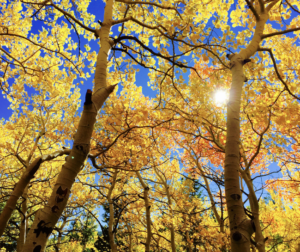
One of the most typical genres that both amateur and professional photographers work on is landscape photography. With enough practice, hard work, patience, and dedication to your art, you could shoot striking landscape photographs that you can highlight in your online portfolio. These simple tricks and tips can help you master this photography niche. Now get out there and practice. It wouldn’t be long before you bring home magnificent landscape photos.
Your amazing landscape photography needs to be protected so be sure to add your watermark for free with WaterMarquee.






